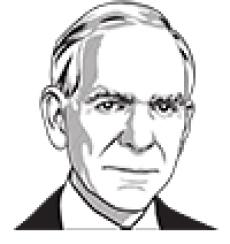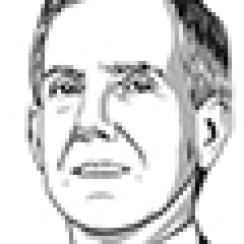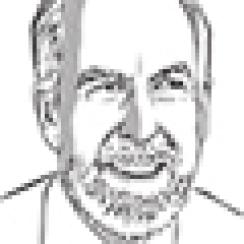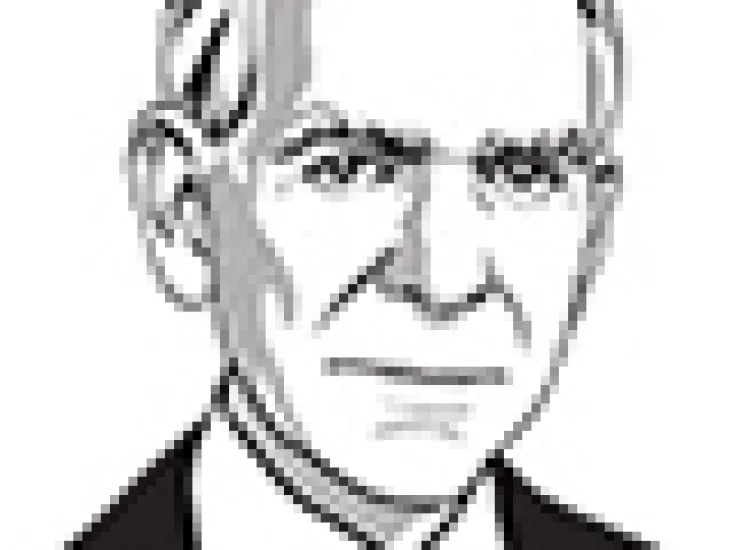
“The reason we did it was not because the market was efficient,” explains Grantham, who grew up in South Yorkshire, England, and came to the U.S. in the mid-1960s to attend Harvard Business School. “We believed the market was gloriously inefficient — and still do. We did it because we knew the market is a zero-sum game and if you were a big pension fund like GM, it made a hell of a lot of sense to do cheap indexing.”
A few years later Grantham had a falling-out with LeBaron. He and Mayo sold their partnership shares in Batterymarch and in 1977, along with Eyk Van Otterloo, with whom they’d worked at Keystone, created Grantham, Mayo, Van Otterloo & Co. GMO, as the $117 billion-in-assets, Boston-based firm is known today, was a pioneer in international investing, quantitative strategies and tactical asset allocation, expanding beyond its original value-oriented-equity focus to include growth funds, fixed income and emerging markets.
The key to GMO’s success has been Grantham’s belief in mean reversion: the idea that securities prices and markets inevitably swing far above or below their true value but eventually return to it. The 75-year-old chief investment strategist has identified many reasons for these deviations — his favorite is the herding associated with professional investors’ fear of losing their jobs — and has long held that the greatest risk investors face is overpaying for an asset.
GMO’s focus on the numbers has empowered Grantham to make some bold market calls. He spotted the huge bubble in Japanese equities in 1986, three years before it burst. In the late ’90s he identified a similar phenomenon in the U.S. Although GMO lost clients during the dot-com bubble — its assets shrank from $31 billion in 1998 to $20 billion in 2001 — those who stuck with the firm were thankful when that bubble popped.
Grantham made his greatest call in March 2009, in the depths of the financial crisis, publishing an investor letter titled “Reinvesting When Terrified” that urged people to get back into the U.S. equity market because valuations were the cheapest they had been in 20 years. GMO shifted money into equities, “but we weren’t as aggressive as we might have been,” Grantham says. “We didn’t take our own advice.”
Read more about Grantham in “Climate Change and the Years of Investing Dangerously.”





|





|






